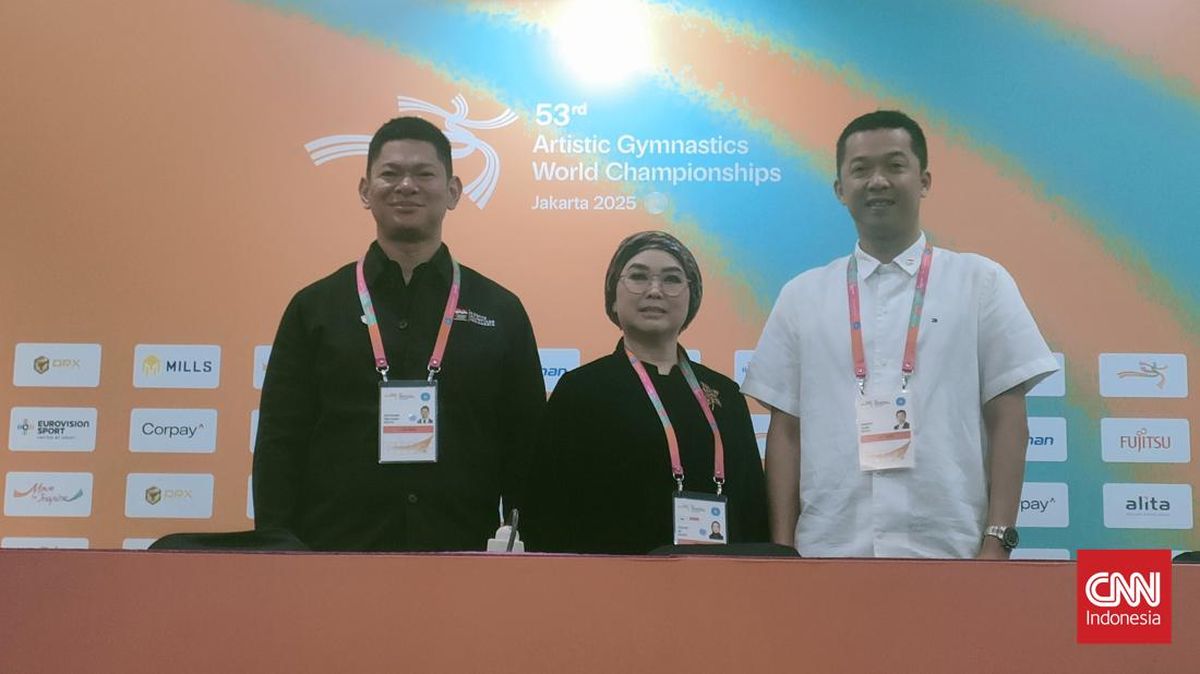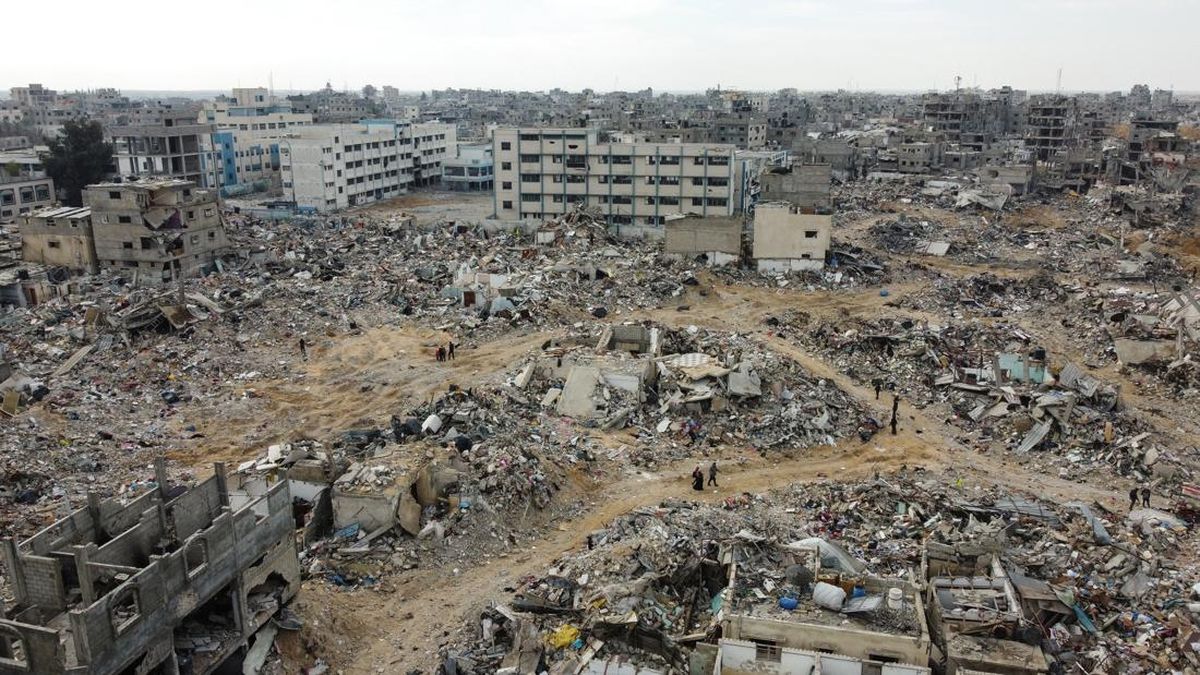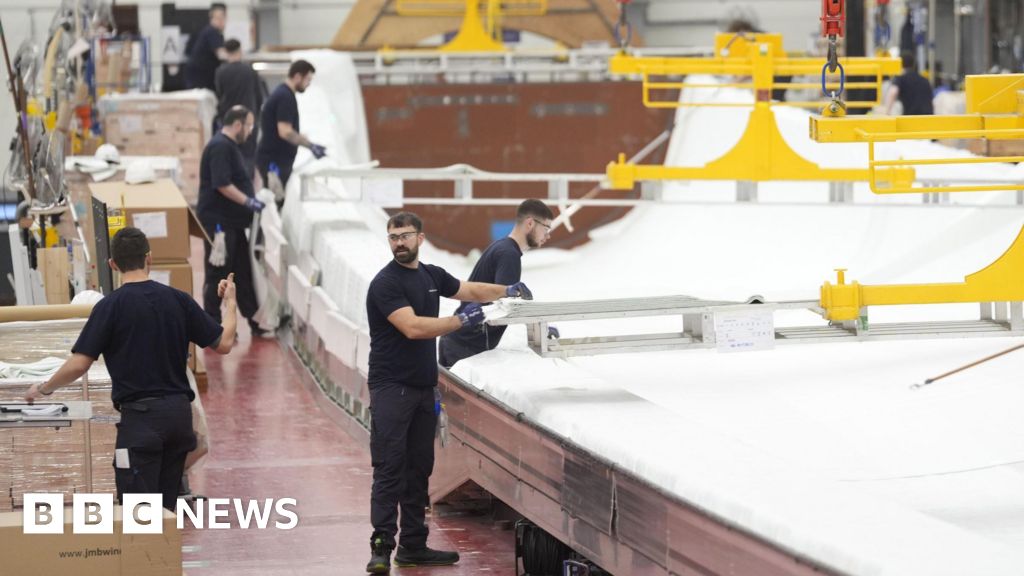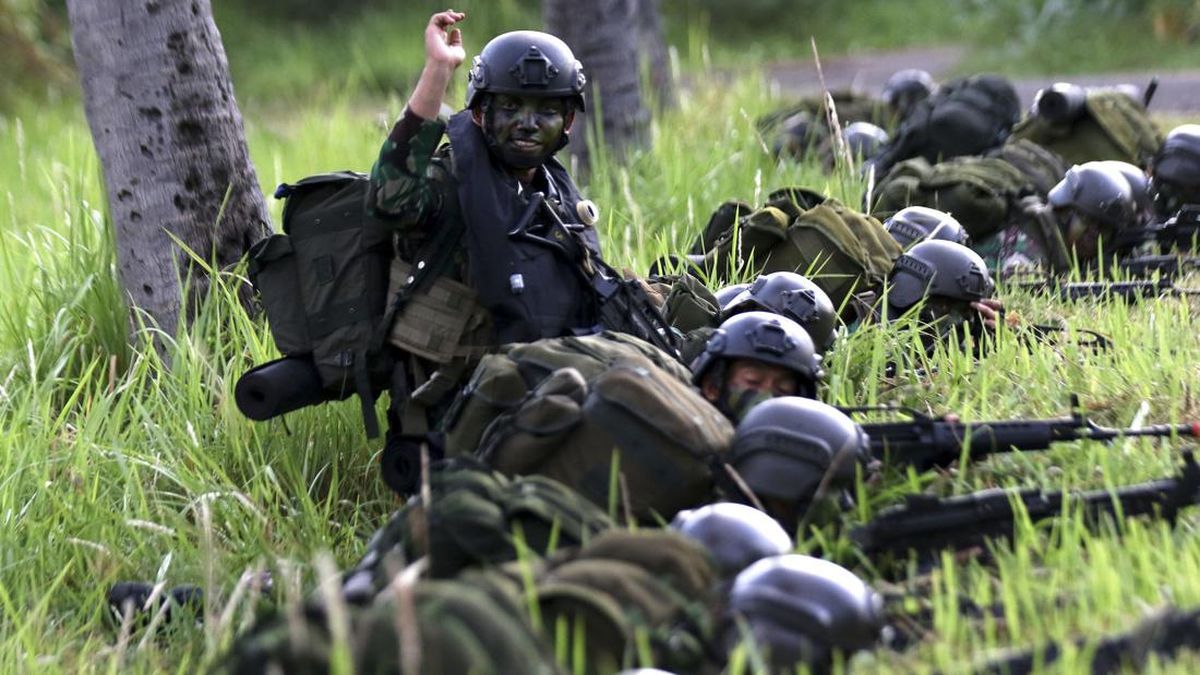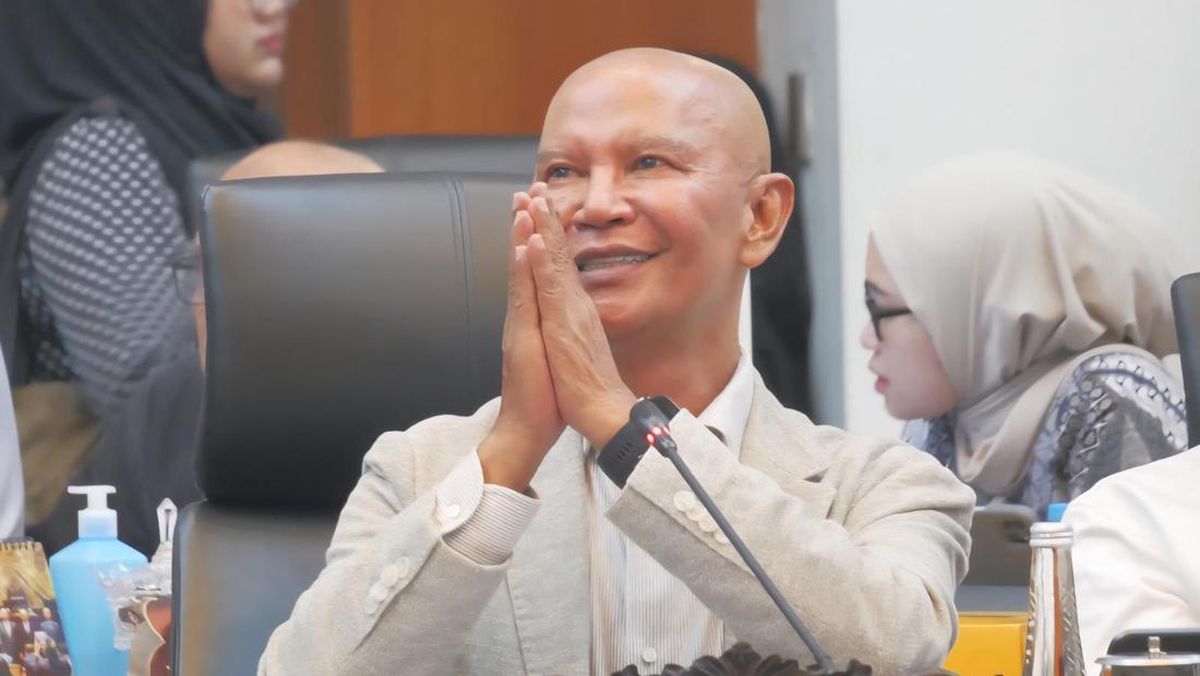Opinion
October 19, 2025 — 7.00pm
October 19, 2025 — 7.00pm
When we think about education — whether our own, children’s, or students’ — we tend to dwell on the past or focus on the present. Yet, like Ebenezer Scrooge, we often forget Charles Dickens’ all-important Christmas ghost: the Ghost of the Future.
That’s the blind spot in many classrooms and workplaces. We pore over what has happened. We ask students and trainees how they feel now. Rarely do we ask the harder question: will today’s experiences — easy or hard — prepare them for tomorrow?

Over time, grit and grind can create magical outcomes. Credit: Getty Images
This idea is particularly relevant this month, as year 12 students prepare for their final exams. Those final weeks of preparation are hard. In homes across Australia, the ritual feels familiar – the high-schooler bringing study notes to the kitchen table, the university student pulling another late night.
Perhaps all we parents can do is smile and offer the words of encouragement that worked for us decades ago: breathe and push on. The exams will be over soon, and the effort will matter long after the marks fade.
The strain of exam season doesn’t fall on students alone. Teachers feel it, and parents especially so. We want to ease the load for our children and learners, and can’t help but wish for an easier way. And when we try to comfort them, we often end up looking to our past or their present. Rarely do we look forward, to see how the struggle might forge the strength they’ll need tomorrow. Or to see that pressing on, right now, builds the secret armour they’ll need for the life ahead.
I was reminded of this the other day while attempting to help my 10-year-old son with his maths homework. The depressing truth: 40 years on, I still suck at maths! Numbers and formulas don’t come easily to me. Like a tortoise, I’ve learned to take it slowly and carefully.
In year 12, I had managed a state ranking in maths, though that was more luck than brilliance. Beneath the marks, I knew I lacked the natural flair of my classmates. Years later, during cardiology training, one of my supervisors, a brilliant mentor, would chuckle whenever I stumbled while calculating a patient’s age from their birth date. “Remarkable how much you still struggle, for someone who once did so well,” he’d say. He was right. I did struggle. The only difference was that I kept at it.
Decades of sums. That relentless grind grew grit.
Psychologist Angela Duckworth defines grit as the “passion and perseverance for very long-term goals”. It predicts success better than talent. This raises a real challenge: how do we nurture it – in classrooms, workplaces, or at home? And how do we find the balance between grind and grace, between the hard road and a gentler path forward?
I’ve been sitting with this question from many angles: as a parent, a supervisor of junior doctors and medical students, and a lifelong student of a world that keeps surprising me. What I’ve come to see is that grit grows when we lean into the grind.
Loading
The best environments stretch us — hard enough to hurt, but not so hard that we break. That’s why the military runs boot camps; why certain schools pile on rigour that only shows its value years later; why elite athletes endure punishing routines. These experiences don’t promise unicorns and rainbows, only something more useful: a reserve we can draw on when facing adversity.
For younger learners, the grind often comes through hobbies and interests. Some discover grit in the long, lonely hours of music practice. Others find it on the sports field, or in passions that push them outside their comfort zone. Hobbies matter because they teach what it feels like to be bad at something, to work hard at it, and to grow stronger in the process. Even short school camps are built around this principle: controlled discomfort, designed to build resilience.
Not everyone has the privilege of escaping the grind. Yet even within it, small acts of endurance become their own kind of growth. Challenges offer perspectives that smoother paths rarely provide.
Grit may grow from grind, but only when the ground is safe. The key is support: the best learning comes from structured challenges, in safe conditions, with teachers and peers who stretch us while holding us up. When learners view grind as an experience that prepares them for what lies ahead, they may not just accept it but chart their own gritty course through it. In doing so, they may stand taller in the face of future uncertainty.
Loading
Building grit in learners isn’t just up to parents and educators. Educational institutions and workplaces can foster grit. They can celebrate not only the spectacular results but the determination of people who keep going.
History offers the same lesson: progress is rarely easy. It comes from taking the harder path. John F. Kennedy captured it in 1962: “We choose to go to the moon in this decade and do the other things, not because they are easy, but because they are hard.”
In 1969, humanity reached the moon – with grit. If we can face the grind in the same spirit, then we too can shoot for the stars.
Grit alone isn’t the final goal. It’s what allows grace to surface – the quiet strength of showing up – when we keep going, not to win, but to grow.
And that, perhaps, is what the Ghost of the Future wanted us to see all along.
Louis Wang is a cardiologist and medical educator
Get a weekly wrap of views that will challenge, champion and inform your own. Sign up for our Opinion newsletter.
Most Viewed in Lifestyle
Loading



